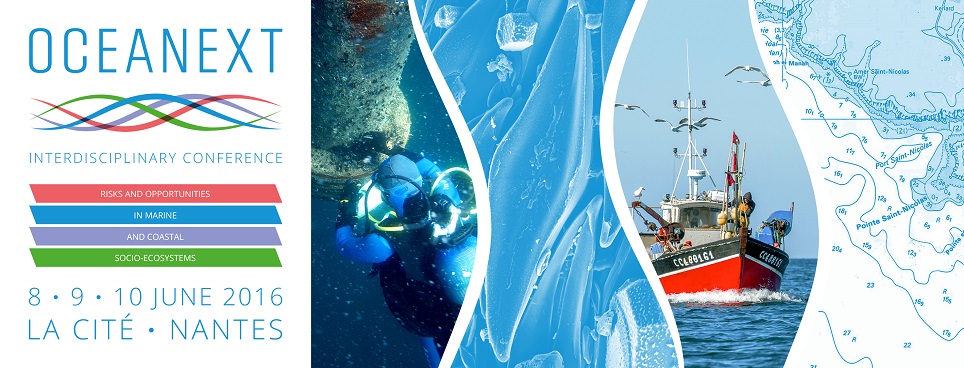The introduction of non-native aquaculture species may alter recipient communities by displacing native species through predation or competition, thereby impacting ecosystem processes. In Europe, introduction of the non-native oyster, Crassostrea gigas (Thunberg, 1793), led to concerns regarding their impact on declining native oyster, Ostrea edulis (Linnaeus, 1758), populations. Recent studies show that C. gigas and O. edulis occupy similar habitats and may compete directly for food resources, which could have detrimental effects on the recovery of O. edulis. This study aimed to compare the trophic niche of both species, using stable isotope analysis, and test whether one species is competitively superior to the other. The presence of C. gigas and O. edulis was manipulated in the field and we tested whether C. gigas and O. edulis occupied similar trophic niches and whether this differed with oyster age, habitat or individual orientation to the substratum. We found that both species overlapped their trophic niches despite having different feeding strategies (generalist/specialist). However this study also showed that when both species were reared together and food availability was high, the stronger competitor shifted its trophic niche to evade the cost of direct competition with an inferior competitor. These differences in feeding strategy could have an effect on plankton communities and further affect the ecosystem community.

|
Competition between a non-native cultured oyster and a commercially fished native oyster affects their trophic niche
1 : Queen's University Belfast [Belfast]
(QUB)
-
Site web
University Road Belfast, BT7 1NN, Northern Ireland, UK -
Royaume-Uni
2 : Université de Nantes - Faculté des Sciences et des Techniques
-
Site web
PRES Université Nantes Angers Le Mans [UNAM]
2, rue de la Houssinière - BP 92208 - 44322 Nantes cedex 3 -
France
3 : Universidad de Antafogasta
|
 PDF version
PDF version
